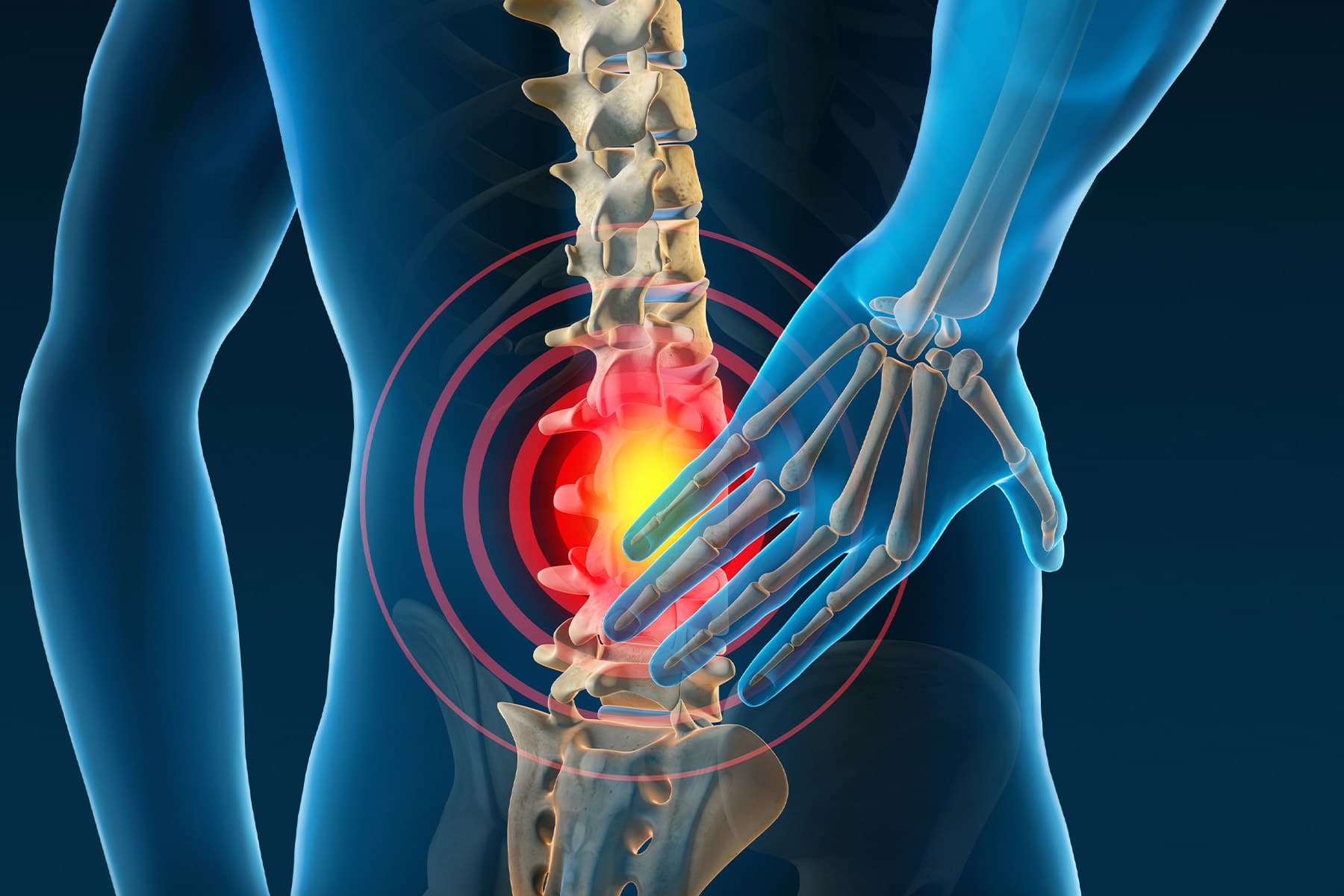
The effectiveness changed over time though, with different trials operating over different durations. Pain education and behavioural therapy were shown to have the most impact over six and 12 months after treatment. Based on the available data, these interventions appear to be safe too.
“Examining the comparative effectiveness and safety of the wide range of available psychological interventions for chronic lower back pain might help to improve the clarity of guideline recommendations and better support clinicians and patients in treatment decision making,” the researchers write in their paper.
Chronic back pain is defined as pain that lasts more than 12 weeks, and it often comes with psychological effects attached, including anxiety and depression. Those mental health impacts can then cause the physical health of an individual to deteriorate further.
The outcomes that the team looked at besides physical function and pain intensity were health-related quality of life, safety, compliance with treatment, and fear-avoidance – that is, avoiding movement through the fear of pain. Again, treatments with added psychological measures were shown to get better results.
There are some limitations to the study to talk about: the researchers say the long-term effectiveness of these treatments (beyond 12 months) still needs to be assessed, and some of the trials used in the analysis had poor quality safety reporting data.
However, taken as a whole, the new research provides important insights into which psychological interventions work best, and how much more effective complementary treatments can be overall compared to relying solely on physical treatments and exercises.
“Clinicians should consider incorporating psychological interventions with physiotherapy care (mainly structured exercise) to maximize improvements in health outcomes,” write the researchers.
Sciencealert




